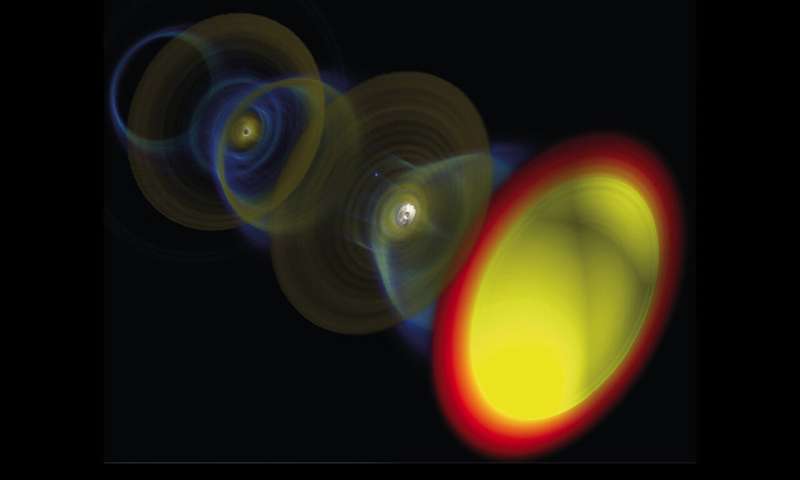Proposed: Quasiparticles Could Power Extraordinarily Bright Light Sources

October 19, 2023
The guidelines and regulations of Science X have been followed during the editorial process of this article. Through this process, content credibility has been ensured by:
- fact-checking
- inspecting peer-reviewed publications
- using a trusted source
- proofreading
Assistance from the University of Rochester
A global collective of scientists are re-evaluating radiation physics' fundamental tenets with an ambition of developing high-intensity light emitters. A recent study featured in Nature Photonics, by experts from Portugal's Instituto Superior Técnico (IST), University of Rochester, University of California, Los Angeles, and France's Laboratoire d'Optique Appliquée, recommended methods to leverage quasiparticles for generating light sources as potent as the state-of-the-art ones, within a relatively small size.
Quasiparticles are structures formed by numerous synchronously moving electrons. They possess the ability to travel at all speeds, even surpassing the speed of light and to survive strong forces such as those near a black hole.
John Palastro, a senior scientist at the Laboratory for Laser Energetics, as well as an Assistant Professor in Mechanical Engineering, and an Associate Professor at the Institute of Optics describes the unique ability of quasiparticles to move in physically impossible ways for individual particles as 'fascinating'.
Through the utilization of supercomputers and sophisticated simulations, Palastro along with his team uncovered novel properties of quasiparticles in plasmas. They foresee potential applications for quasiparticle-based light sources which might include virus scanning non-destructive imaging, discovering biological processes like photosynthesis, fabricating computer chips, and observing matter behavior in planets and stars.
Bernardo Malaca, a doctoral student at IST and the study's primary author, states, 'The flexibility is enormous, the collective radiation from all electrons can mimic a light-speed or oscillating particle, even without a local electron surpassing light speed or oscillating.'
Quasiparticle-based light sources might offer an advantage over existing varieties, such as free-electron lasers, which are bulkier and less frequent, effectively making them unsuitable for most commercial and healthcare settings, as well as laboratories. As per the theory presented in the study, quasiparticles have the potential to emit incredibly bright light with an incredibly short distance to cover potentially catalyzing global scientific and technological advancements.
Journal information: Nature Photonics
Provided by University of Rochester




